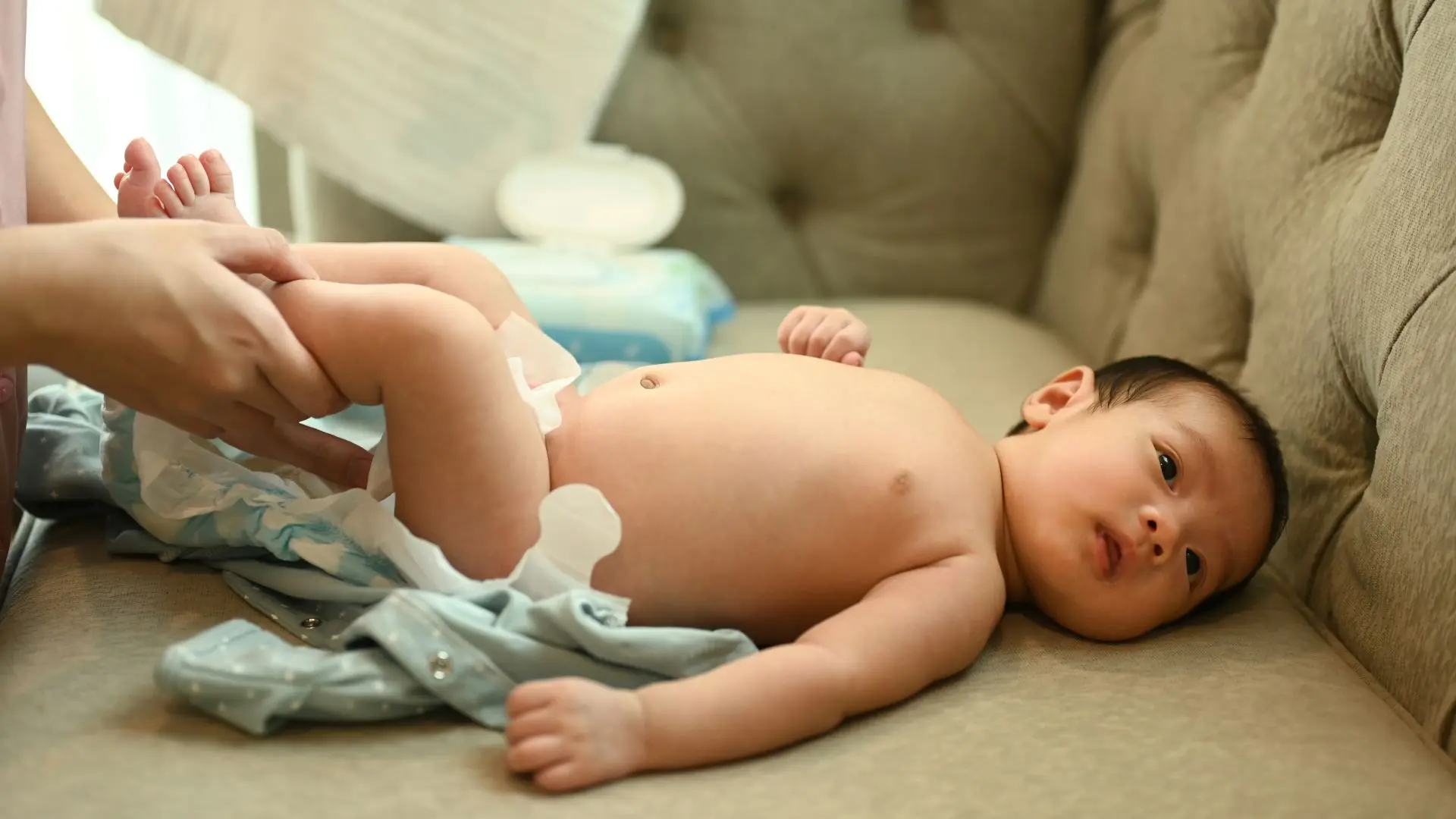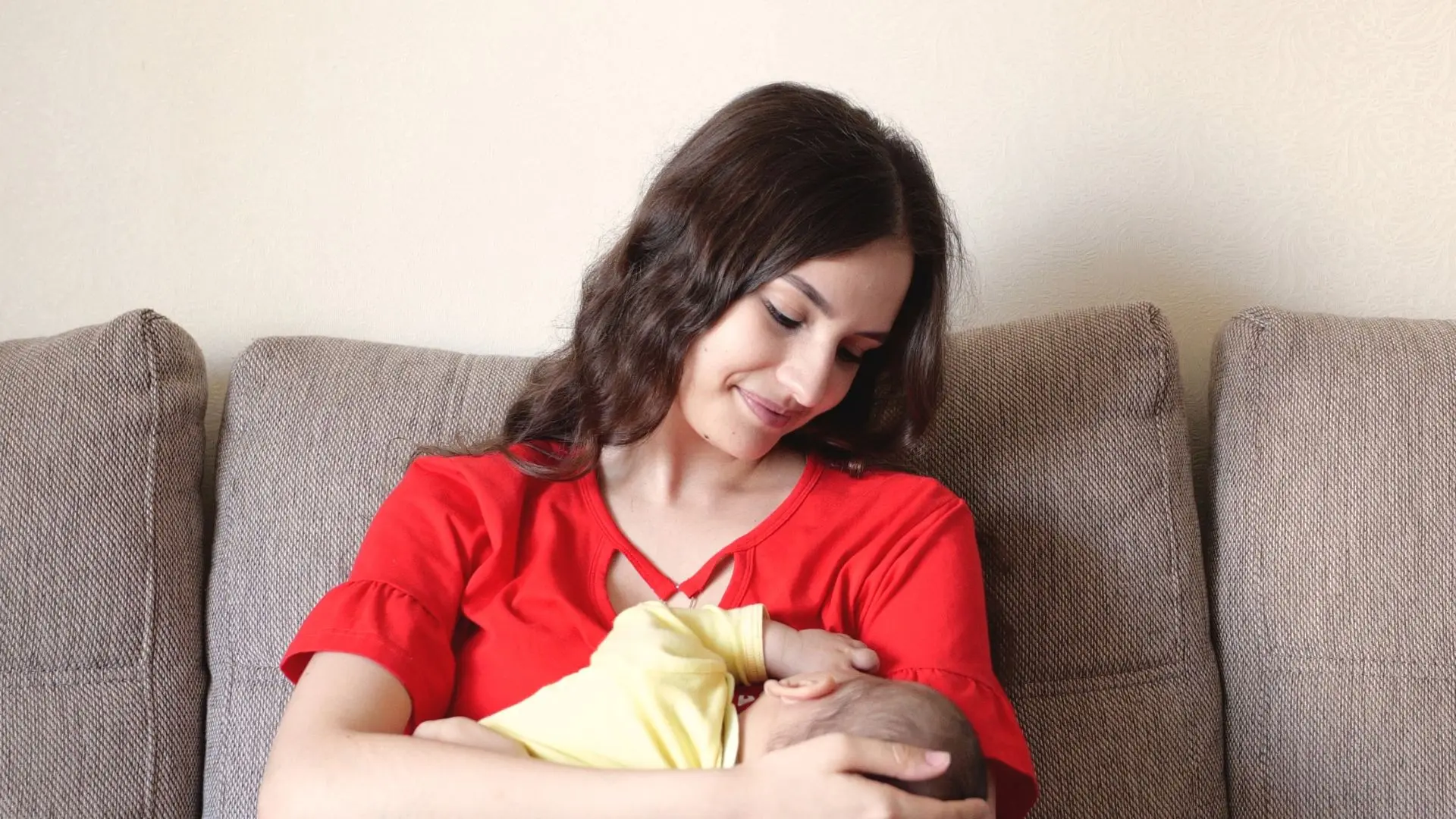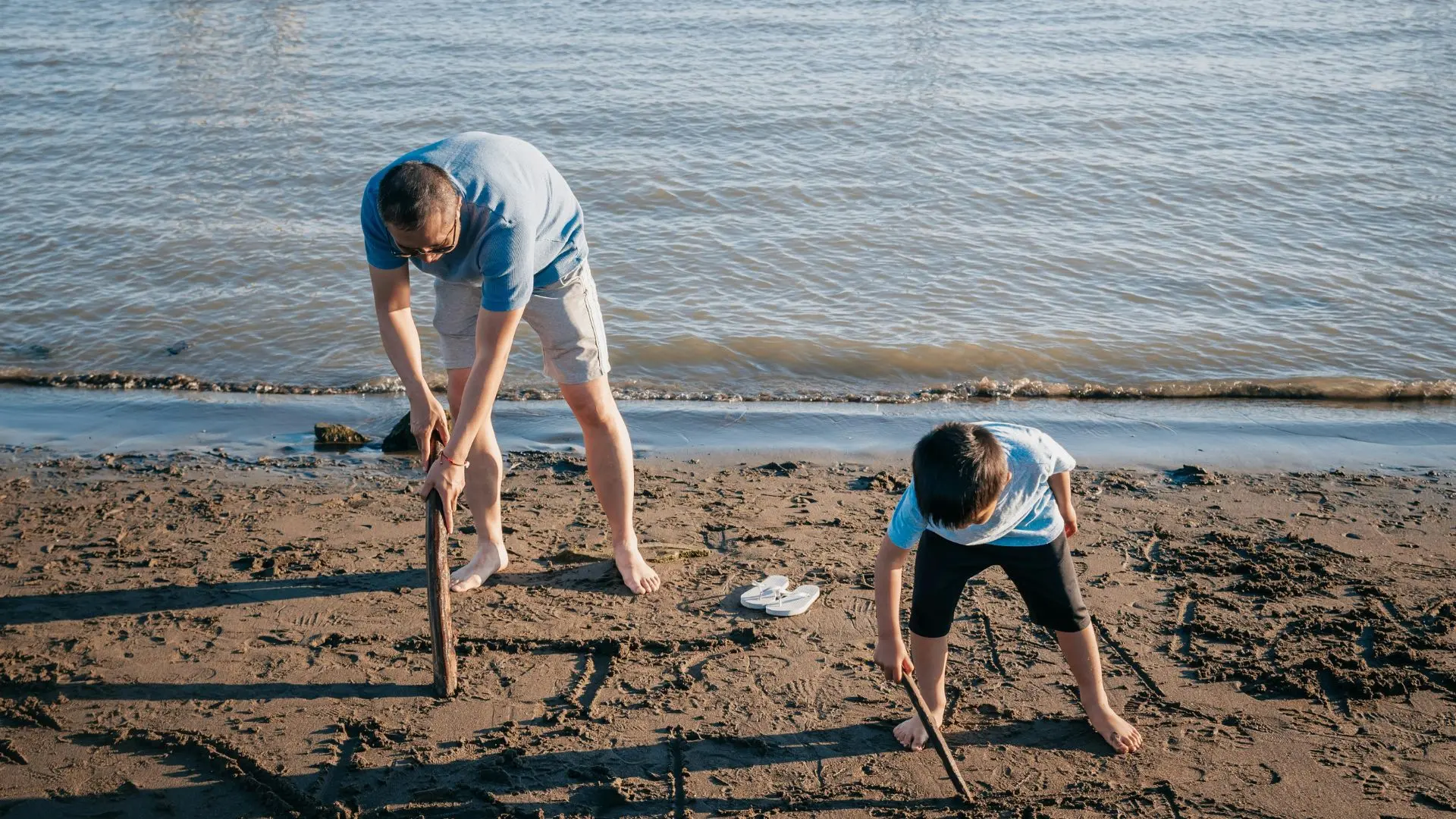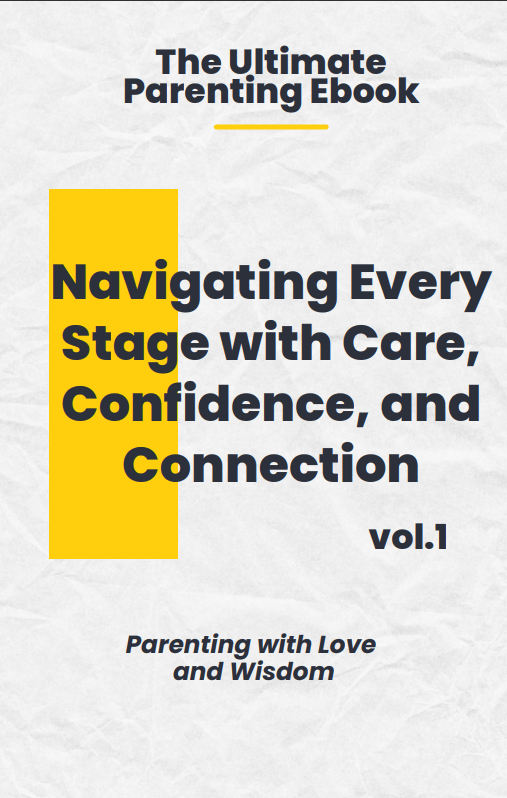Positive discipline is a powerful tool that can transform your parenting approach and strengthen your relationship with your child. Give these 10 strategies a try and see the difference they can make.
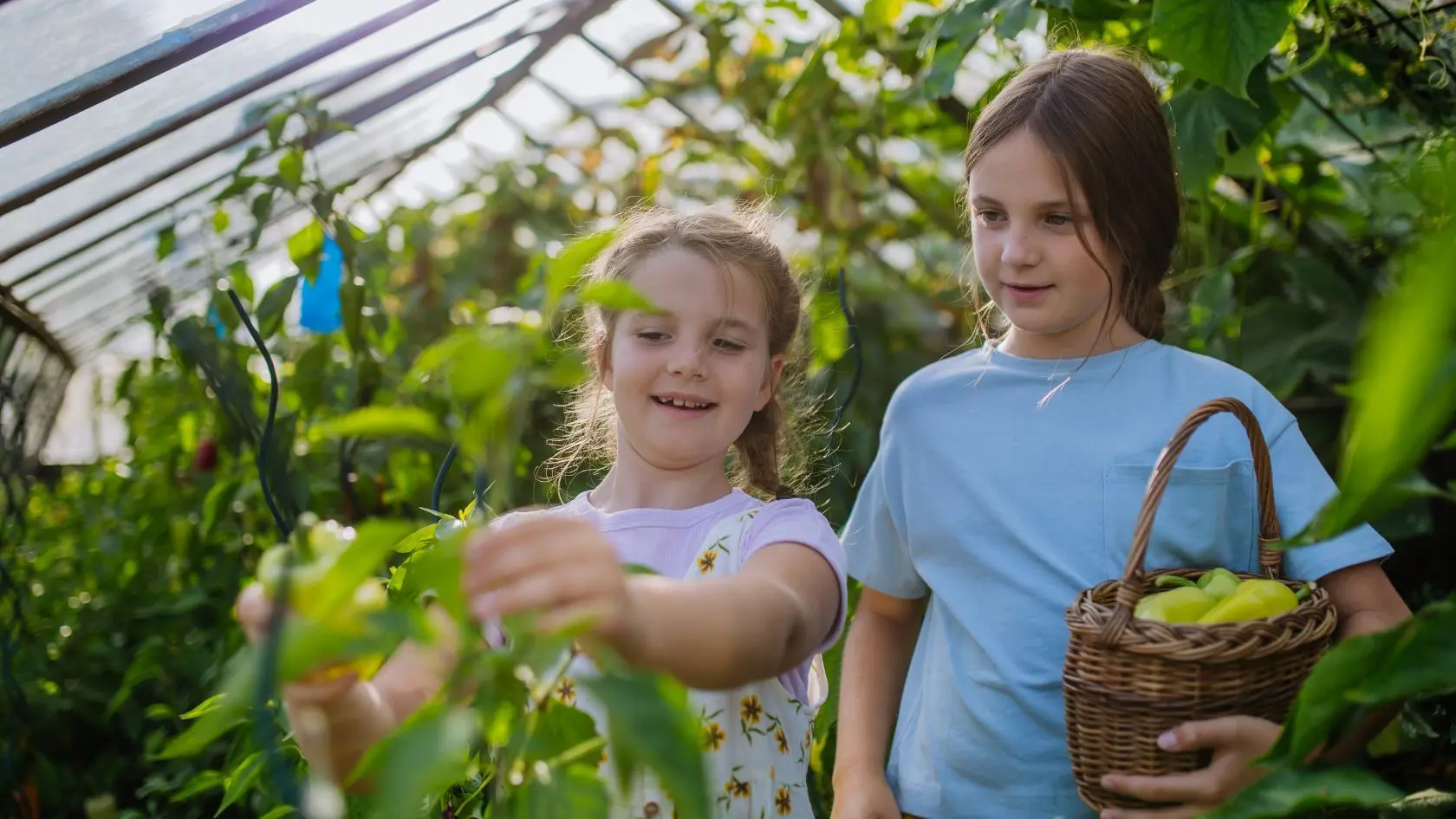
Positive discipline is a term that every parent should be familiar with from the moment they hold their newborn in their arms.
As a parent, you know that teaching discipline is a vital part of raising well-rounded, emotionally secure, and independent children. However, finding the right balance between being too lenient and too strict can be challenging.
This blog will delve into smart and healthy ways of teaching discipline, offering you practical strategies, insights, and tips to make this journey easier and more effective.
In This Blog
ToggleWhy Does Positive Discipline Important?
Why does positive discipline matter so much in child development?

Simply put, discipline is about teaching, not punishing. It’s about guiding your child to understand the consequences of their actions and helping them develop self-control and responsibility.
When done right, discipline can foster a sense of security, confidence, and respect within your child.
Children thrive on structure and clear expectations. When they know what is expected of them, they are more likely to feel secure and confident.
This is where the principles of positive discipline become essential. It’s about creating an environment where children understand the rules and the reasons behind them, which encourages better behavior and mutual respect.
Effective Strategies for Teaching Discipline
These are the ten effective strategies for teaching discipline, focusing on methods that promote healthy development and emotional well-being.
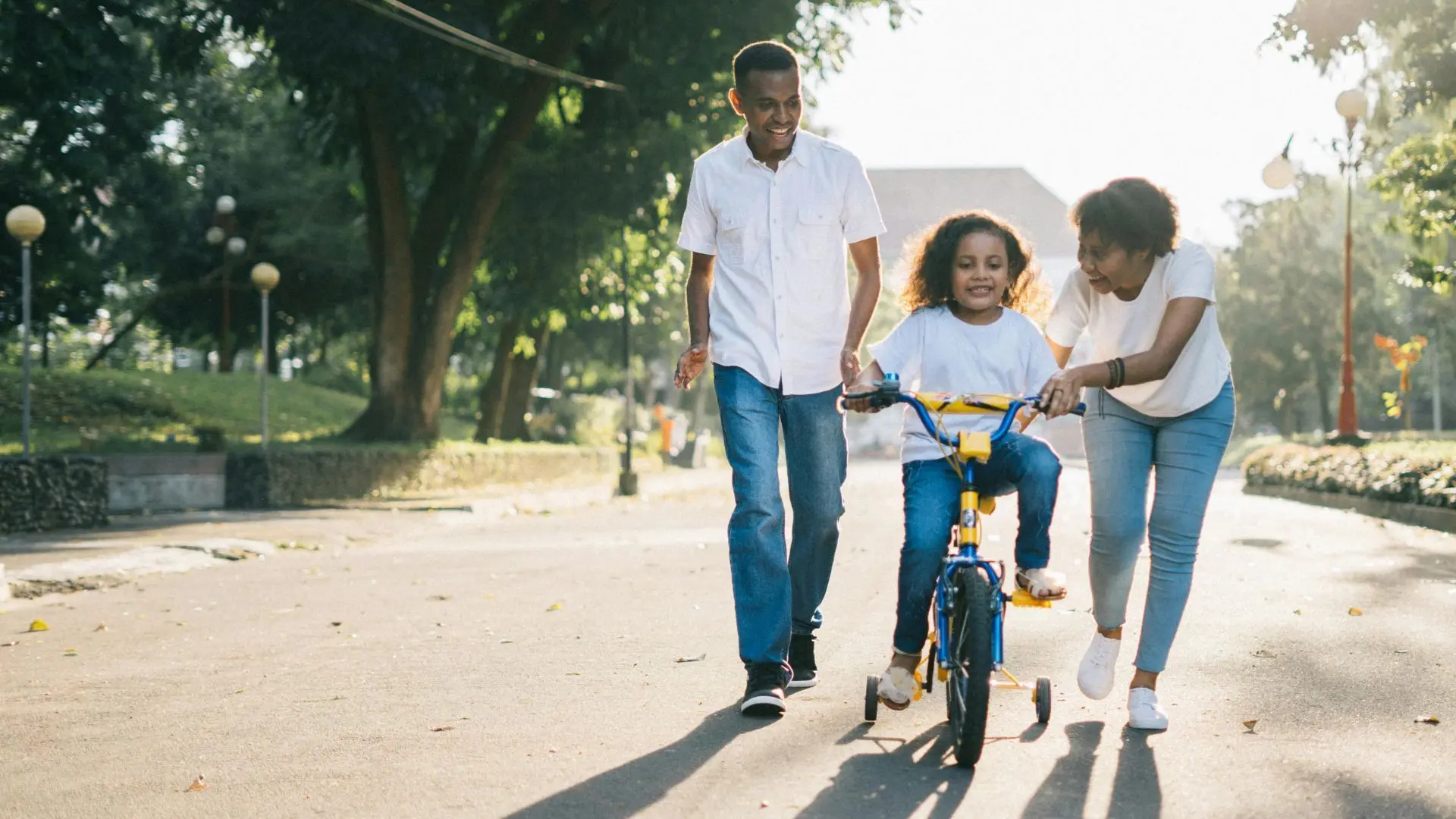
1. Positive Reinforcement Techniques
Positive discipline relies heavily on positive reinforcement. This strategy involves rewarding good behavior to encourage it to continue. For instance, if your child finishes their homework on time, you could praise them or give them extra playtime. Positive reinforcement helps children understand that their good behavior is appreciated and will be rewarded.
2. Setting Clear Expectations and Consistent Rules
Kids need to understand what is expected from them. Setting clear expectations and consistent rules provides a framework for acceptable behavior. Be sure to explain the rules and the reasons behind them, so your child understands why they are important. Consistency is key here; if a rule is broken, the consequence should be the same every time, a key aspect of positive discipline.
3. Avoiding Physical Punishment
Avoiding physical punishment is crucial in positive discipline. Research indicates that physical punishment can result in heightened aggression, antisocial behavior, and mental health issues in children. Instead, focus on non-violent methods of discipline that teach rather than punish.
4. Time-Outs and Natural Consequences
Time-outs can be an effective way to manage misbehavior. This strategy involves giving your child a break from an activity to calm down and reflect on their actions. Natural consequences, on the other hand, allow children to experience the direct results of their behavior. For example, if they refuse to wear a coat, they might feel cold. These methods help children learn about cause and effect, aligning with the principles of positive discipline.
5. Active Listening and Empathy
Active listening and empathy are vital components of positive discipline. When your child feels heard and understood, they are more likely to cooperate and follow the rules. Make sure to listen to their concerns and acknowledge their feelings. This builds a strong, trusting relationship.
6. Constructive Feedback and Encouragement
Providing constructive feedback helps guide your child’s behavior in a positive direction. Instead of simply saying “no,” explain why a behavior is unacceptable and suggest a better alternative. Encouragement and praise for good behavior are also important, as they motivate your child to continue making good choices, a key strategy in positive discipline.
7. Using Routines to Establish Order
Children thrive on routine. Having a consistent daily schedule helps them know what to expect and reduces anxiety. Routines can also be a part of positive discipline by setting clear expectations for activities like homework, chores, and bedtime.
8. Teaching Problem-Solving Skills
Encouraging your child to solve problems on their own helps build critical thinking skills and independence. When they encounter a problem, guide them through the process of finding a solution rather than solving it for them. This empowers them and boosts their confidence, an important goal of positive discipline.
9. Encouraging Self-Discipline and Autonomy
Teaching your child to be self-disciplined involves giving them some control over their own behavior. Allow them to make choices and experience the consequences of those choices. This fosters a sense of responsibility and independence, essential elements of positive discipline.
10. Modeling Desired Behavior
Children learn a lot by observing their parents. Model the behavior you wish to see in your child. If you want them to be polite, make sure you are polite in your interactions. If you want them to be respectful, treat others with respect. Your actions speak louder than words and are a core part of positive discipline.
What Parents Should Not Do and Its Impact on Children
It’s important to know what to do, but it’s just as important to know what to avoid. Here are seven things parents should not do, and the impact these actions can have on children.

Avoiding Negative Discipline Methods
Negative discipline methods such as yelling, shaming, or humiliating your child can have long-lasting effects. These methods can damage your child’s self-esteem and lead to anxiety, depression, and behavioral issues. Instead, focus on positive discipline techniques that teach and guide.
Understanding Long-Term Consequences
Harsh discipline methods can have serious long-term consequences. Children who are subjected to harsh punishment may develop trust issues, low self-esteem, and a negative self-image. They might also struggle with relationships and authority figures later in life. Positive discipline helps build a healthy and trusting relationship between you and your child.
Refraining from Overly Harsh Punishments
Overly harsh punishments can create fear and resentment in children. They may comply out of fear rather than understanding, which is not conducive to long-term positive behavior. Instead, use fair and reasonable consequences that teach a lesson, aligning with positive discipline principles.
Avoiding Public Punishments
Disciplining your child in public can be humiliating for them and damage your relationship. It’s better to address behavioral issues in private, where you can have a calm and constructive conversation, a key component of positive discipline.
Not Using Physical Punishment
Physical punishment can cause physical and emotional harm. It can lead to aggression, antisocial behavior, and mental health problems. Positive discipline focuses on teaching and guiding, not hurting.
Preventing Inconsistent Discipline
Inconsistent discipline can confuse your child and make it difficult for them to understand what is expected of them. Be consistent with your rules and consequences to provide a stable and predictable environment, a hallmark of positive discipline.
Avoiding Excessive Restrictions
While rules are important, excessive restrictions can stifle your child’s independence and creativity. Find a balance that allows your child to explore and learn while still maintaining appropriate boundaries, a crucial aspect of positive discipline.
Teaching Discipline for Different Age Groups
Children’s needs and capabilities change as they grow, so it’s important to tailor your discipline strategies to their developmental stage. Here’s how to approach positive discipline for different age groups.
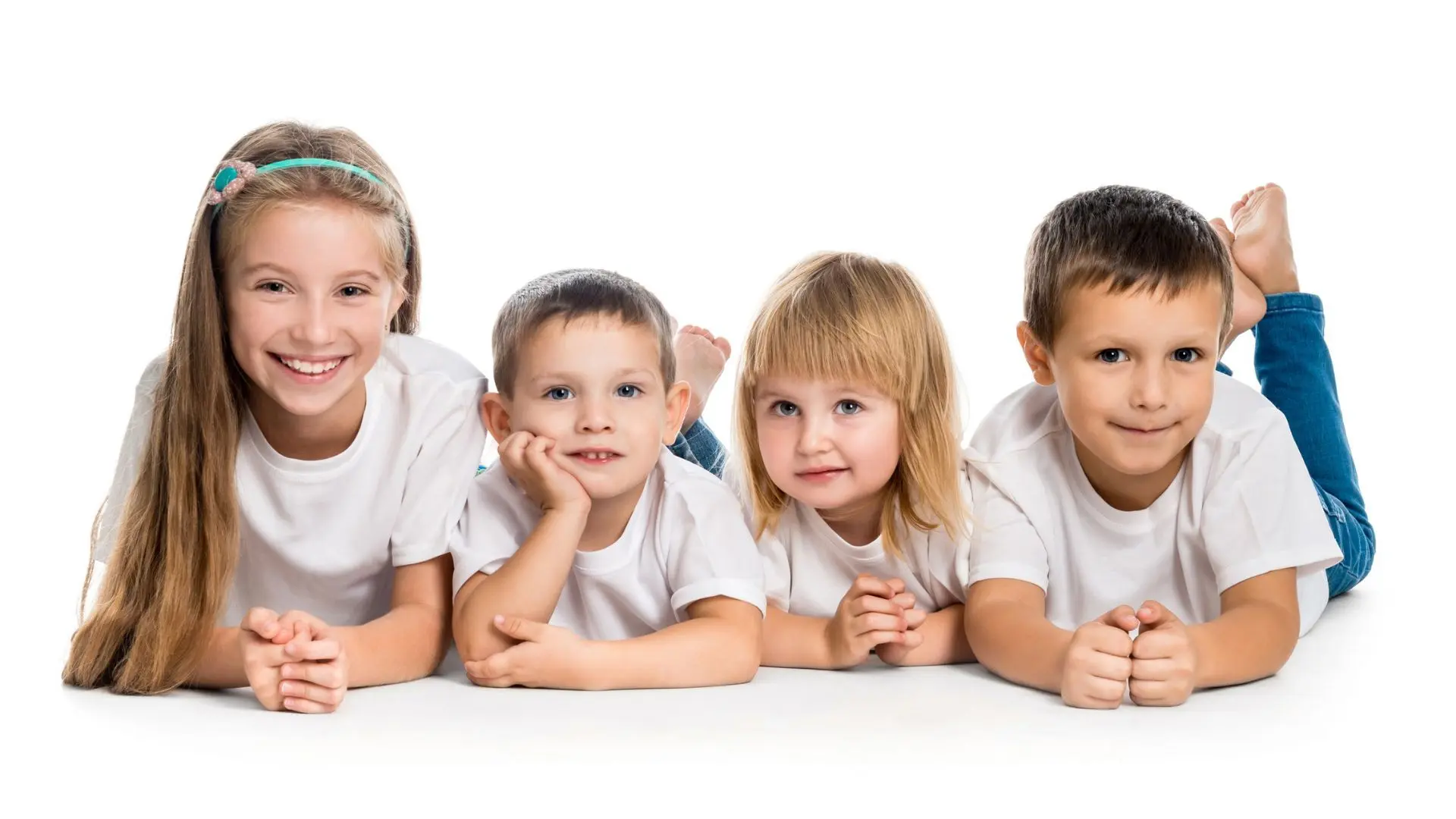
Toddlers (1-3 years)
Toddlers are curious and full of energy, which can sometimes lead to challenging behavior. Simple rules and immediate consequences work best at this age. Use distraction and redirection to steer them away from undesirable behavior. For example, if they are about to touch something dangerous, distract them with a toy or activity. This aligns well with positive discipline.
Preschoolers (3-5 years)
Preschoolers are starting to understand rules and routines. Consistent routines and clear expectations are important. Positive discipline strategies like positive reinforcement and time-outs can be effective. For instance, if your preschooler shares their toys, praise them and give them a small reward. If they misbehave, a brief time-out can help them calm down and reflect.
School-age children (6-12 years)
School-age children are capable of understanding more complex rules and consequences. Logical consequences and responsibility are key. Encourage them to take responsibility for their actions and make decisions. For example, if they forget their homework, let them face the natural consequence of explaining it to their teacher. This helps them learn accountability, a key component of positive discipline.
Teenagers (13-18 years)
Teenagers crave independence but still need guidance. Respectful communication and setting boundaries are crucial. Involve them in setting rules and consequences to give them a sense of ownership. For instance, discuss curfew times together and agree on what will happen if they come home late. This fosters mutual respect and cooperation, in line with positive discipline.
Conclusion
Teaching discipline is one of the most important and challenging aspects of parenting. By focusing on positive discipline, you can guide your child toward becoming a responsible, independent, and emotionally secure adult. Remember, discipline is about teaching, not punishing. It’s about creating a loving and supportive environment where your child can learn and grow.

I hope these strategies help you on your journey to effective and positive discipline. Do you have any personal experiences or additional tips to share? Please leave a comment below! Your insights could help other parents who are navigating this journey.
You may also be interested in : Why Authoritative Parenting Style Is Best (Prove Is Here)
FAQs
1. What is positive discipline?
Positive discipline is an approach to teaching children that focuses on encouragement and problem-solving rather than punishment. It emphasizes mutual respect, understanding, and positive reinforcement to guide children’s behavior.
2. Why is positive discipline important?
Positive discipline helps children develop self-discipline, responsibility, and problem-solving skills. It fosters a supportive environment where children feel valued and respected, promoting better behavior and emotional well-being.
3. How can I start using positive discipline with my child?
Begin by setting clear expectations and consistent rules. Use positive reinforcement to encourage good behavior and communicate with empathy and active listening. Modeling desired behaviors and providing constructive feedback are also key components.
4. What are some examples of positive reinforcement?
Examples include praising your child for good behavior, giving them extra playtime, or offering small rewards like stickers. Positive reinforcement helps children understand that their good actions are appreciated and encourages them to repeat those behaviors.
5. How does positive discipline differ from traditional discipline?
Traditional discipline often focuses on punishment and control, while positive discipline emphasizes teaching and guiding. Positive discipline avoids physical punishment and shaming, instead using constructive feedback, empathy, and problem-solving.
6. Can positive discipline be used with toddlers?
Yes, positive discipline is effective for toddlers. Simple rules, immediate consequences, and techniques like distraction and redirection work well. Positive reinforcement and establishing routines also help guide toddlers’ behavior.
7. How do I handle misbehavior using positive discipline?
Address misbehavior with calm, consistent consequences. Use time-outs or natural consequences to help children understand the impact of their actions. Communicate clearly about what went wrong and how to make better choices next time.
8. What are natural consequences in positive discipline?
Natural consequences are the direct results of a child’s actions. For example, if a child refuses to wear a coat, they might feel cold. These consequences help children learn about cause and effect and encourage responsible behavior.
9. How can positive discipline improve my relationship with my child?
Positive discipline fosters mutual respect and trust. By focusing on understanding, empathy, and positive reinforcement, you build a stronger, more supportive relationship with your child, leading to better communication and cooperation.
10. Is positive discipline effective for teenagers?
Yes, positive discipline is effective for teenagers. It involves respectful communication, setting boundaries, and involving them in rule-making. This approach helps teenagers feel valued and encourages responsible, independent behavior.
11. What role does empathy play in positive discipline?
Empathy helps you understand your child’s perspective and feelings. By validating their emotions and showing understanding, you create a supportive environment that encourages cooperation and positive behavior.
12. How can I use routines in positive discipline?
Routines provide structure and predictability, helping children know what to expect. Consistent daily schedules for activities like homework, chores, and bedtime establish clear expectations and reduce anxiety.
13. Why should I avoid physical punishment in positive discipline?
Physical punishment can lead to increased aggression, antisocial behavior, and mental health problems. Positive discipline focuses on non-violent methods that teach and guide, promoting better long-term outcomes for children.
14. How do I teach problem-solving skills with positive discipline?
Encourage your child to think through problems and find solutions. Guide them through the process rather than solving problems for them. This builds critical thinking skills and fosters independence.
15. What are some benefits of modeling desired behavior?
Children learn by observing their parents. Modeling desired behavior, such as politeness and respect, sets a powerful example for your child to follow. This reinforces positive behaviors and values.

